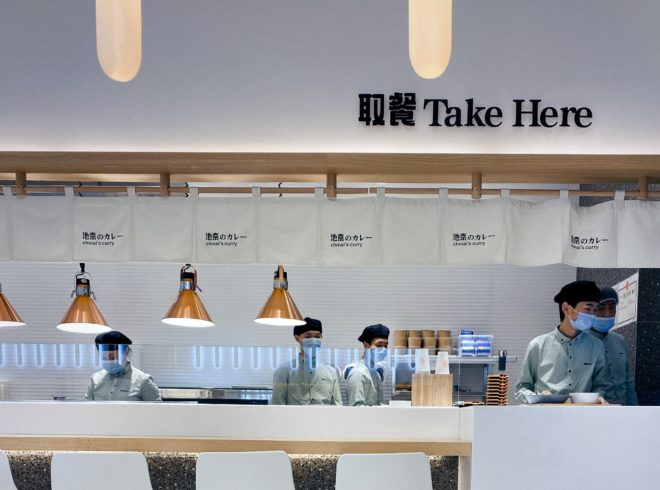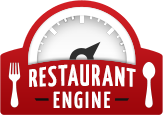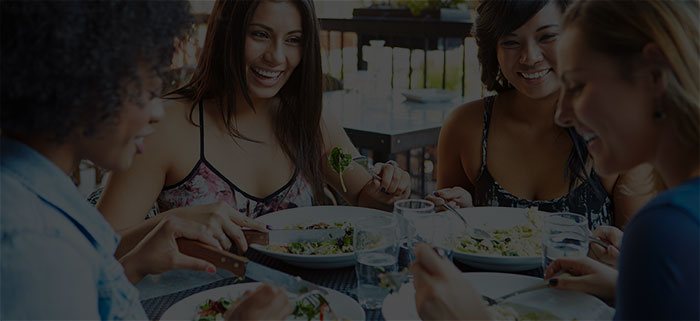Exclusive Restaurant Industry Analysis from QSR’s Danny Klein

“So you’re seeing some chains like Papa John’s and Wingstop, who are setting these record-high numbers. Then, on the other side of that coin, you have full-service restaurants who are struggling, because the majority of full-service restaurants were generating close to 90% of their business inside before COVID-19.” So began my interview today with Danny Klein of Journalistic’s Quick Service Restaurants (QSR) Magazine.
Indeed, it seems as though every restaurant analyst is observing a widening “restaurant wealth gap.” We have already written extensively about large chains taking market share from independents.
“It’s obviously an unprecedented situation. I don’t think anyone could argue that,” continued Klein.
I asked Klein if he had any predictions about this year’s ultimate permanent closure rate for restaurants. He said that he had read numbers spanning from 15% to 70%. He notes that Paycheck Protection Program (PPP) funds are somewhat distorting current data, making it difficult to decipher the true state of the industry by the end of the year.
“Owners had to make a decision — whether to keep their employees and get that [PPP] loan forgiven, or to take a gamble that they could rebound to prior sales levels.” Indeed, our analysis shows that at least $36 billion of PPP funds directly benefited the restaurant industry, and a new $120 billion package is gaining Congressional cosponsorship by the day.
Klein concurs, cautiously optimistic about an additional fiscal assistance that might provide help independent restaurants survive, such as some modified form of the aforementioned $120 billion Restaurants Act of 2020.
“I don’t think Congress ever talked to anyone who ran a restaurant before, because so much of PPP was just unrealistic. Even on the unemployment insurance and the benefits, that being expanded to $600 a week was huge. In low-wage industries, which of course the restaurant space is in, these furloughed employees were making, I don’t remember the percentage, but it was into the triple digits — more than they would make if they went back to work! So it was simple, why don’t I just take a four month break?”
Klein commented on restaurant real estate prices, which we have also analyzed. “Even if you have a really high closure rate, you will then see chains flood into that real estate. We’ve heard a lot about brands like Chipotle and Domino’s taking their capital to then go buy these A and B class sites that pop onto the market.” Klein’s extensive analysis of Chipotle can be found here. Domino’s recently announced that it is hiring a staggering 20,000 workers.
Klein concluded, “What’s really number one right now is capacity limits on indoor dining. If we don’t get past 50% occupancy, the reality is that just most operators who are not backed by some kind of massive capital buffer — whether it’s an equity firm or the public sector — they’re just not gonna make it. There isn’t a lot you can do to get around that reality. That 50% capacity is not enough for the vast majority of restaurants in this country.”
Photo by billow926 on Unsplash


Leave a Reply